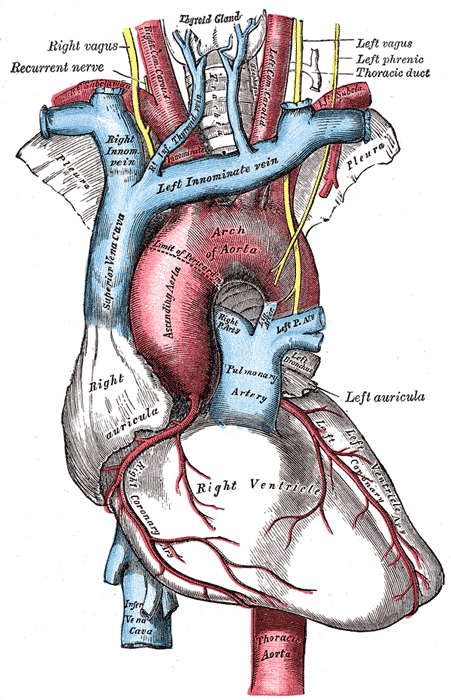Summary | Excerpt | Reviews | Beyond the Book | Read-Alikes | Genres & Themes | Author Bio

A Novel
by Ben H. WintersThis article relates to Big Time
 A portacath is a medical device used to assist with the treatment of ongoing conditions, most commonly cancer. It is composed of two key parts: the portal, which is a small chamber usually made of silicon that is placed just beneath the skin on a patient's chest; and the catheter, which is a flexible, hollow tube that is threaded into the superior vena cava—the vein that leads to the heart. The device's name is a portmanteau of these two parts.
A portacath is a medical device used to assist with the treatment of ongoing conditions, most commonly cancer. It is composed of two key parts: the portal, which is a small chamber usually made of silicon that is placed just beneath the skin on a patient's chest; and the catheter, which is a flexible, hollow tube that is threaded into the superior vena cava—the vein that leads to the heart. The device's name is a portmanteau of these two parts.
The purpose of a portacath is to provide quick access when administering repeated doses of intravenous (IV) fluid over a prolonged period of time. After numbing the skin over the port, a special needle called a Huber needle can be painlessly inserted directly into the chamber, allowing fluids to be given with ease. This means that in addition to administering chemotherapy, antibiotics and transfusions, portacaths can be used to extract blood samples, making them useful for people whose conditions will require ongoing blood tests as part of their treatment plan.
With a single portacath able to last between 2 and 6 years depending on the model and to withstand around 2000 punctures, most people who opt to have one fitted do so because they eliminate the need for repeated needle injections during long-term treatment. Finding and injecting veins can be both uncomfortable for the patient and time-consuming for medical professionals, while a portacath provides direct access to the patient's bloodstream whenever required.
In most cases, a small bump can be seen or felt where the port sits beneath the skin, but aside from this, it is generally considered a discreet solution that minimizes pain and discomfort in the long run. Other benefits of a portacath include lower infection rates and fewer care requirements when compared to other IV treatment methods.
Most people are able to have a portacath fitted under local anesthetic, meaning they can remain conscious throughout the procedure and return home within a matter of hours. Once treatment has been completed, the device is removed in much the same way.
In Ben H. Winters' novel, Big Time, one of the protagonists is found to have been fitted with an unusual model of portacath. Digging into its origin begins to unravel a tangled conspiracy that puts her and others in danger. Fortunately, most people's real-world experiences with a portacath are far less dramatic, and many finds it helps streamline their treatment.
Diagram of the heart showing position of the superior vena cava, courtesy of Henry Gray, Anatomy of the Human Body (1918).
Filed under Medicine, Science and Tech
![]() This article relates to Big Time.
It first ran in the April 3, 2024
issue of BookBrowse Recommends.
This article relates to Big Time.
It first ran in the April 3, 2024
issue of BookBrowse Recommends.
A book may be compared to your neighbor...
Click Here to find out who said this, as well as discovering other famous literary quotes!
Your guide toexceptional books
BookBrowse seeks out and recommends the best in contemporary fiction and nonfiction—books that not only engage and entertain but also deepen our understanding of ourselves and the world around us.